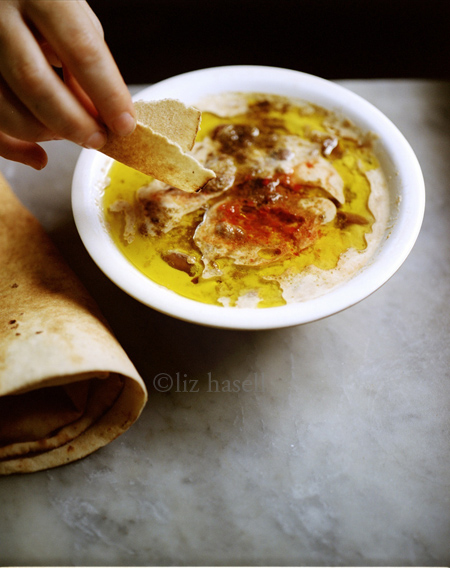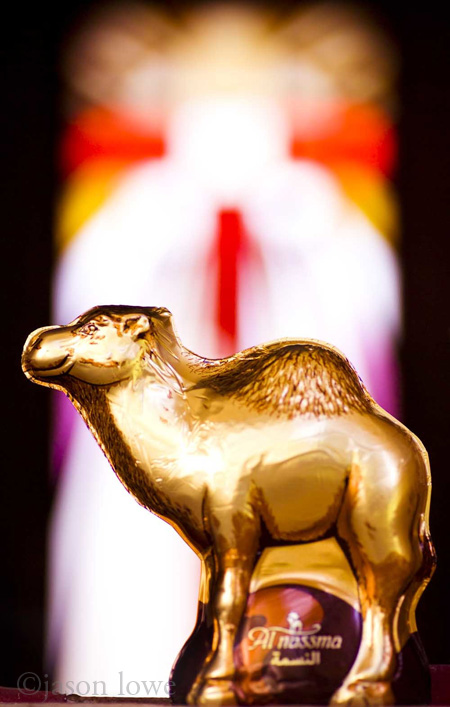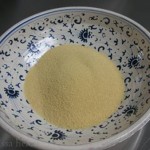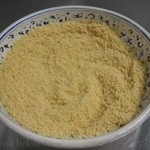23 Aug
[youtube]http://www.youtube.com/watch?v=NhwuwkEfwdI[/youtube]
A French friend once told me that dancing was the vertical expression of horizontal intentions. I can’t dance. So, if I need to express such intentions, I have to resort to other means! But Tahiya Carioca sure can. And the way she expresses it is beyond sexy, and without being in the least bit vulgar. The more I watch her videos, the more I wonder why I ever thought she was. It must have been my silly French convent school in Beirut that made me seriously prejudiced against belly dance then. Too bad. I missed out on seeing her in real life when I could have.
23 May

Another great trip to Syria with a wonderful group. We had great fun despite being driven by possibly the most stubborn and moronic driver ever. He and his uncomfortable bus (supposedly VIP) were the low point of an otherwise lovely trip.
As usual, the food was delicious with one of the great hits being breakfast at my favourite fawwal (ful medammes specialist) where lovely Hajj Abdo makes the best ever ful medammes. Like Hanna, Hajj Abdo is a wonderful old man who’s been making ful medammes for over fifty years; and he is still personally in charge of the making and serving of his speciality. Here he is in action. What you see him doing in this clip is what he does, almost non-stop, from 7 am to 3 pm every day.
10 May

As many of you know, I’ve been having great fun eating and cooking camel recently. I thought I’d be leaving my camel adventures behind when I left the Emirates for Tehran. But it was not to be.
After Tehran, I went to Jeddah where I met with a lovely online friend, Ghada, who was accompanied by her vice-president and two colleagues. As is the custom in the Arab world, Ghada and her VP came laden with presents: a lovely rose scented candle and bags of chocolate — one of the businesses they had launched recently was a chocolate shop called Nassma. Amongst all the chocolates was a bag full of camel milk chocolates although these were made by another company, Al-Nassma, in Dubai who uses milk from camels raised on a farm belonging to the ruler and where the camels are milked using the latest technology, unlike the farm where I milked my camel with my own hands. In any case, the milk is dried and shipped to a chocolate factory in Austria where they use it to make bars, small individual squares and camels of all sizes: small, medium and large.
I took my presents back to Lebanon and asked Jason Lowe, my wonderful photographer friend who is doing the photos for my new book if he would take a photograph of the chocolate camel for my blog. I wanted the camel to be set somewhere in the beautiful garden of my great friend, Jeanine, who had invited us to lunch in her fabulous house in Kfour, in the Lebanese mountains — I was giving her the camel milk chocolates. But as we were driving up to Kfour, we passed a derelict temple and both Jason and I thought it would make a great location for the camel. And so it was.
As you can see above, Jason took an amazing picture. And Jeanine loved the camel. If truth be told, the camel milk chocolate is good although I can’t imagine myself wanting to demolish such a fun object.
23 Mar


fine couscous: on the left before adding water to fluff it & on the right after adding the water but before the first steaming. It will fluff up even more after the 1st steaming, adding more water, then the second steaming
The last guest post by my lovely friend Charles Perry on when camel meat was fashionable was such a success that I asked him if he would do another one and I asked if he would write about how far back in history he can trace couscous. I reckoned that it would very interesting to know given how popular couscous is and what a global ingredient it has become. So, here is Charles’ post, followed by two recipes, one for how to steam couscous, and another for the seven vegetable broth to serve with it. I like to make mine without meat and I often use baby vegetables for a nicer presentation but you may not find these easily.
“Look up the word for couscous in a couple of dozen Berber dictionaries and you’ll be surprised how many ways there are of pronouncing the basic Berber name for it, seksu. (If you’re a linguist, you’ll also wonder exactly how seksu could have become the Arabic kuskusu.)
Couscous is the North African staple food, of course. In some places the word for it is just the local word for food in general, utshu or tt’am. A larger variety of couscous is called by the Berber name berkukes, which has a prefix meaning “large,” or by the Arabic word muhammas, which means “made to resemble chickpeas.”


